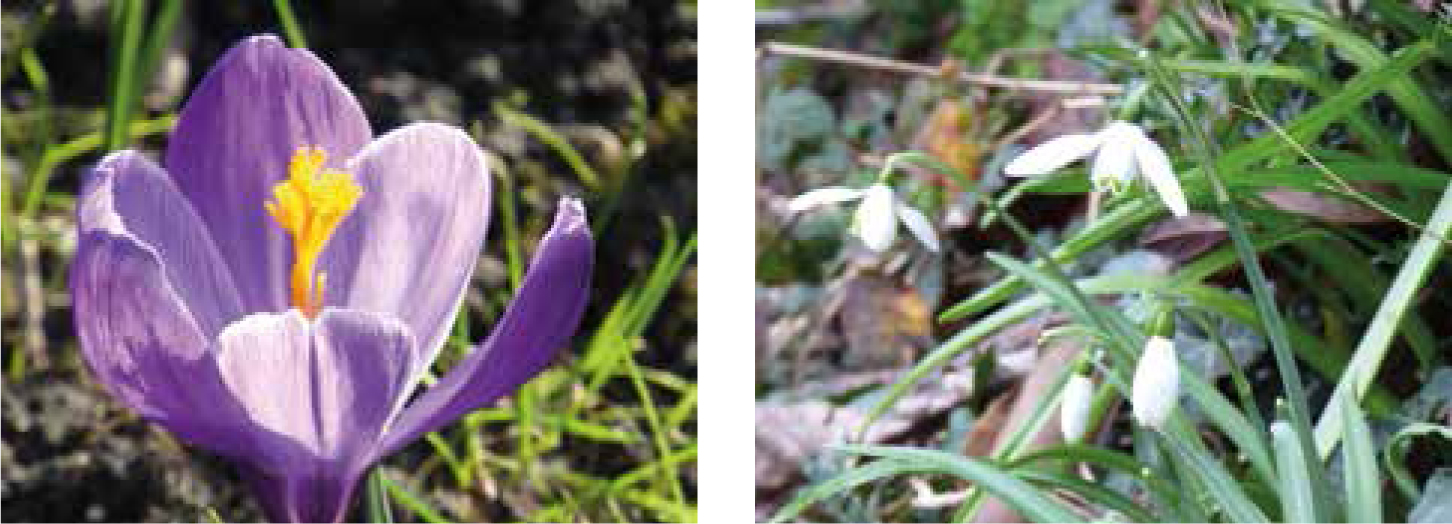The spring brings colour to our gardens and parks with daffodils, crocus, tulips, grape hyacinths, snowdrops and hyacinths. Pets may chew or eat these flowers or dig up the bulbs. Usually they cause gastrointestinal upset but occasionally more significant signs occur and there is also risk of gastrointestinal obstruction if large lumps of bulb are swallowed. Some of these flowers may also be available in the home as pot plants or cut flowers including bouquets given on for Easter.
The spring clean may be hazardous for pets if cleaning products are left unattended or spills are not cleaned up promptly. Disinfectants and patio cleaners containing benzalkonium chloride, and similar chemicals, are a particular risk to cats which typically present hours after exposure with hypersalivation, oral ulceration and pyrexia.
Lawn treatments for fertilizing the grass, killing moss and weeds are commonly used from March onwards. These contain several different compounds typically nitrogen, phosphorous and potassium (NPK) fertilizers, iron sulphate for killing moss and herbicides (typically phenoxyacetic acid derivatives such as 2,4-D or MCPA) for controlling weeds. These compounds are irritant and may cause gastrointestinal upset and skin irritation if a pet walks over a treated lawn. Ingestion may cause more significant signs. Glyphosate weed killers are also commonly available. This is a non-selective weed killer and not used on lawns but on paths and patios. It is irritant and can cause respiratory signs, particularly in cats.
Adders emerge from hibernation in March and April (depending on the temperature). They can be sluggish in the cooler weather and although not an aggressive snake they will bite if provoked and that includes being trodden on or investigated by an inquisitive dog. The most specific treatment is antivenom and this is most effective if given as soon as possible after a bite. If you are in an area where adders are known to live, make sure you have adder antivenom in stock (see https://vpisglobal.com/adder-antivenom/ for information) or can source it in an emergency.
Mushrooms (toadstools) are commonly seen in autumn but can also grow in the spring, particularly if the weather is warm and wet. There are thousands of types of mushrooms and it can be difficult, and potentially dangerous, to attempt to identify them without expert knowledge. If consumed, contact a poison centre for help with identification of mushrooms as this will allow appropriate treatment, if required, or provide reassurance that the mushroom is not toxic.

Although not as common as it is at Christmas, Easter is another high-risk time for chocolate poisoning. Other potentially hazardous Easter foods include hot cross buns and Simnel cake, both of which contain dried vine fruit (raisins, sultanas, currants) with can cause renal failure.
These are the potential hazards to be aware of over the next few months and to include in any information displays for owners (practice literature is available at www.vpis-global.com) or social media campaigns. In addition to the usual ‘every day’ toxic hazards (e.g. ibuprofen, rodenticides, etc), you should also question the owner about potential exposure to these plants, garden and household products, fungi, adders or foods if presented with an animal with suspected poisoning of unknown cause.



